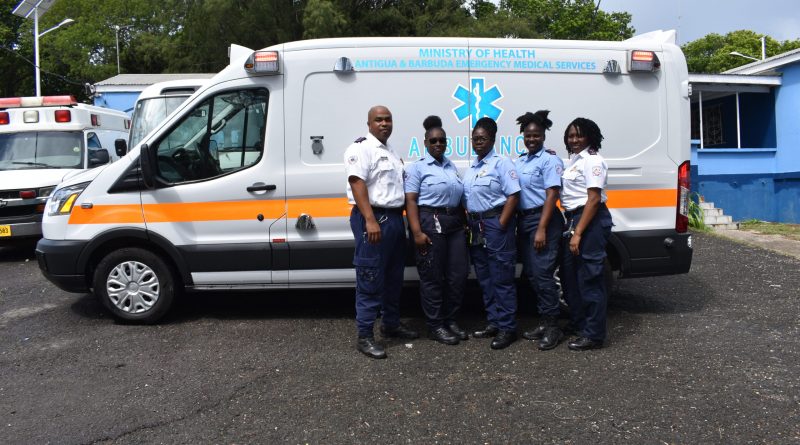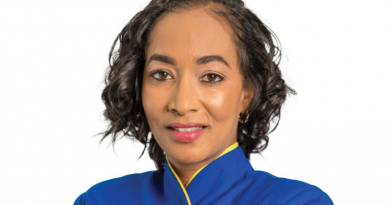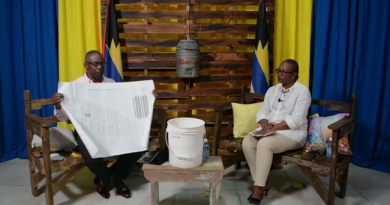Officials and residents disagree on use of EMS and the determination of what is considered an emergency
“Foolish” is the term being used to describe a press release issued by the Antigua and Barbuda Emergency Medical Services (EMS) about the level of non-emergency calls it receives on a daily basis.
Reportedly, the department has only two ambulances in addition to a rapid response vehicle, and the EMS is concerned about the number of requests it receives for these services.
From January 1 to the end of July this year, it has received 7,841 calls, the EMS reports. On average, it says, it receives 35 calls per day and only 20% of these are genuine emergencies.
Officials say this practice of making non-emergency calls is a major factor in the logistical challenges the EMS faces in responding to emergencies – such as the one that occurred at Fig Tree Drive two Fridays ago.
The Department says it has a responsibility to respond to every call from the Public Safety Network (911), since each one is treated as a genuine emergency until proven otherwise.
Even after assessing the situation upon arrival at the scene and determining that it is not a genuine emergency, the Emergency Medical Technicians still have a responsibility to transfer the patient to the hospital once they request it, the Department explains.
The EMS is “therefore imploring members of the public to desist from this practice so that [it] can continue to provide the best possible pre-hospital care to those persons who are genuinely in need of emergency assistance.”
However, some residents are infuriated by the release. They are asking how a person who feels unwell can truly know if he is facing an emergency unless checked by the professionals.
“How does the general public determine what is an emergency requiring EMS services?” one person asks.
A woman notes that some people choose to call the ambulance since it is the only way of accessing speedy attention at the hospital. Otherwise, she says, persons have to sit in the waiting room – in some cases, for over 12 hours.
When people are faced with a health crisis, the first thing they try to do is get medical assistance for the affected person in the shortest possible time, she says.
Therefore, the woman suggests using “social media in a positive way” to address the current situation.
She recommends that the Department launch health-related educational podcasts – or You-Tube instructional videos – on what can be done to help the sick or the injured, and highlight which are cases for the EMS or emergency room and which require a trip to the clinic or the doctor.




